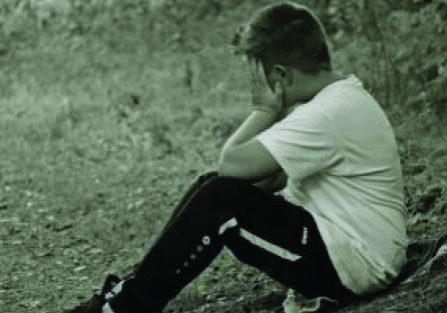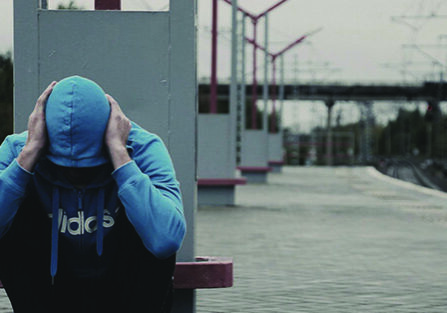
If you or someone you care about is at risk for committing suicide, please contact a qualified healthcare provider, helpline, or other mental health professional immediately. You should not try to manage such extreme issues alone. No amount of suicide assessment, online research, or reading is a substitute for professional help.
Risk of Suicide Assessment
Suicide is a complicated subject. It is very rare that a teen will commit suicide because of a single incident. More often, multiple negative incidents or situations lead to feelings of ongoing pain, hopelessness, and helpless. Suicide assessment can help you understand where they are on this dangerous journey, and what steps you should take to help them.
Teens don’t want to die; they want the pain to stop. It is critical to focus on understanding the root cause of suicidal thoughts. What is causing the hopelessness and helplessness that the teen is experiencing, and can that be alleviated?
Remember, teens live in the “here and now”, the pain that they are experiencing feels far-reaching. It often feels like a dark room with no way out. There is no ‘tomorrow’ in their mind. There is only pain, and pain that will not end. Even if the teen has friends, family, and loving support, once the despair has rooted itself in their heart, their view of reality has changed.
A few key points to understand:
1. Teens do not want to die, they want the pain to stop
2. Teens live in the here and now
3. Hopelessness and helplessness are top of mind
4. Feelings of suicide are not about one thing
To help assess the risk of suicide, Dr. Kenneth Morris developed the SLAP assessment tool. It must be noted that understanding Dr. Morris’s model does not make one an expert in assessing suicide risk.
S – Specific
L – Lethal
A – Available
P – Proximity
Specific
How specific is the person being about their plan? How many details do they have? Do they know when and where they plan on doing it? Do they know how they are planning or committing suicide? The more details the person has already worked out, the higher their risk of carrying out the plan.
Lethality
How quickly will the person die from such a method of suicide? If someone intervened early, what is their chance of survival? What about if they were able to receive medical attention, would they survive? While any method of suicide would be ultimately lethal, “Lethality” makes a distinction between faster and slower methods of suicide. (E.g., a firearm would be high lethality while CO2 poisoning would be lower.)
Available
Does the person have access to the proposed method of suicide? If it is readily available to them, the risk is much greater.
Proximity
How close is the person to help? Do they live with family or alone? Will they have access to medical care if they attempt suicide and then change their mind? How long will it take emergency services to reach them? The greater the distance between the person and any beneficial resources if the plan were to be implemented, the greater the risk to the person.
We hope that this content has been informative and helpful. It is our desire to help families and bring struggling teens back together. We encourage you to share this information with others who may be in need.
Our ministry is primarily funded by our supporters, both individuals and churches, who partner with us to bring about restoration in these young men's lives. To join them in supporting Rock Solid Refuge and our ongoing ministry, please click here to donate!
Thank you for your support.


